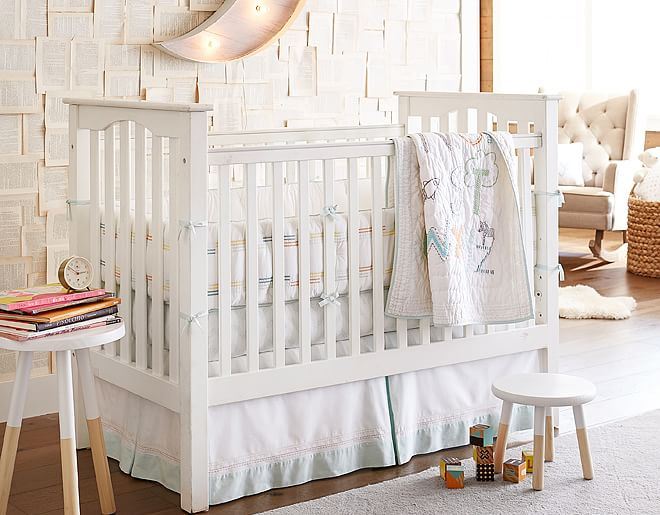It’s soft, so it cushions every fall. It’s a magnet for dust mites, dirt and pet dander. It’s affordable. It sheds dangerous VOCs. Are you as confused about carpeting as we are?! With eco-friendly flooring becoming a priority in kids’ rooms, the shortcomings of carpet have been actively discussed and debated. Yet carpet remains one of the softest and most budget-friendly options for children’s rooms, so it’s no wonder it continues to be a popular choice. Today we take a closer look at this flooring possibility, including both the pros and the cons. [photo from #MegaRoom.net]
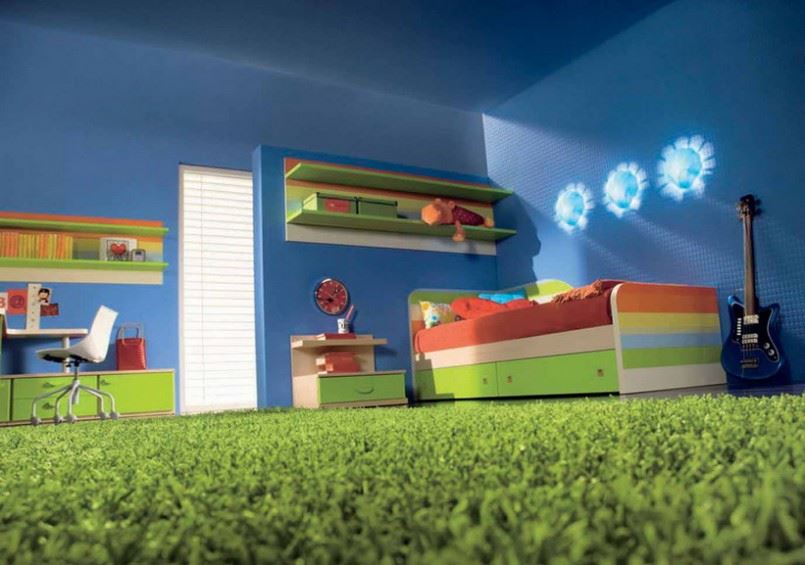
Is Carpet Eco-Friendly?
In recent years, we’ve heard a lot about VOCs. What are they? Short for “volatile organic compounds,” VOCs are chemicals that can be emitted from a variety of items in the home, from upholstery and paint to flooring such as carpet. While experts agree that the off-gassing of VOCs is concerning, the VOC emissions from new carpet will rapidly decrease withing 2-3 days after installation. With that said, many people who are choosing flooring for kids’ rooms prefer to seek out carpeting options with very low (or no) VOC emissions, as young children are often more susceptible to environmental toxins than adults. [photo from Clear the Air]
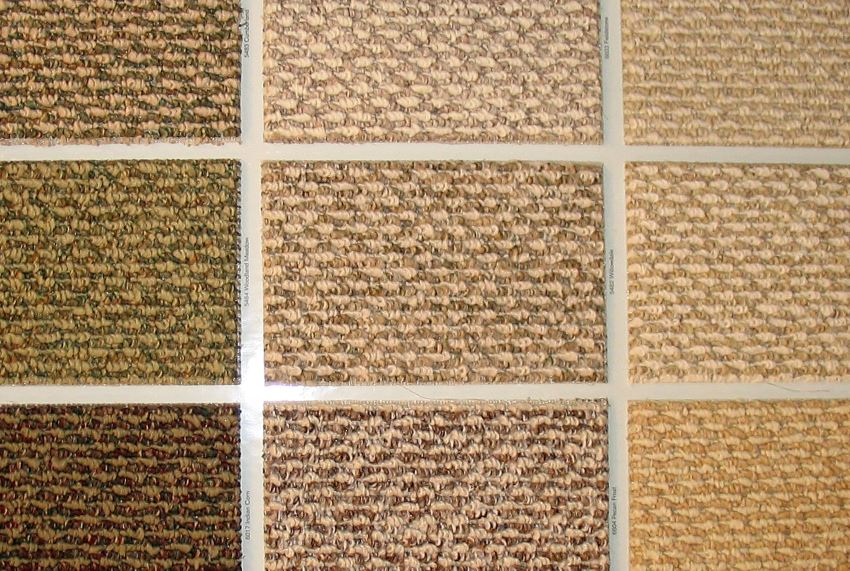
Another factor to consider is the disposal of carpeting, as this flooring materials is often replaced every 5-10 years. And let’s face it–it’s bulky! [photo from Earth Times]
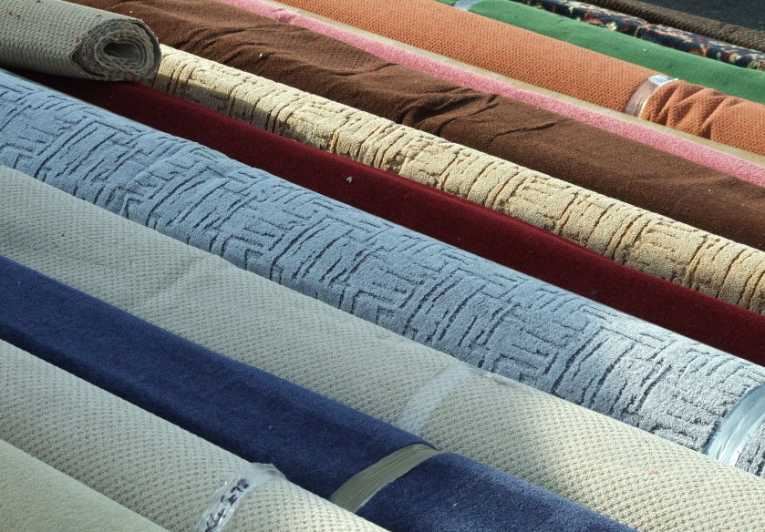
Does the amount of waste produced by carpeting justify its short shelf life, especially when other flooring options can last for years and years? According to the Environmental Protection Agency, “over four billion pounds of carpet enter the solid waste stream in the U.S. every year.” [photo from BusinessGreen]
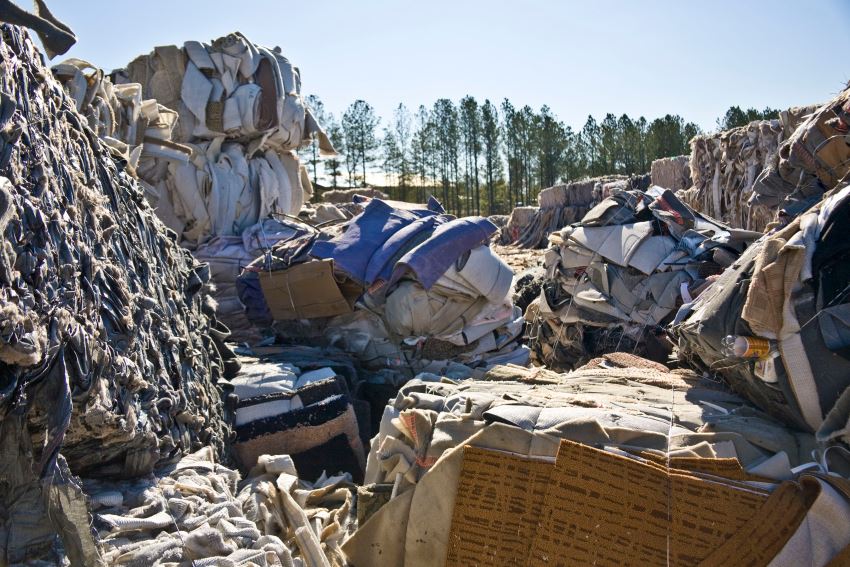
So is carpet eco-friendly? It depends on the carpet. There are companies that are opting to put recycled materials into carpeting or that claim to use all-natural materials with low or no VOCs. [from Lily Z Design Inc.]
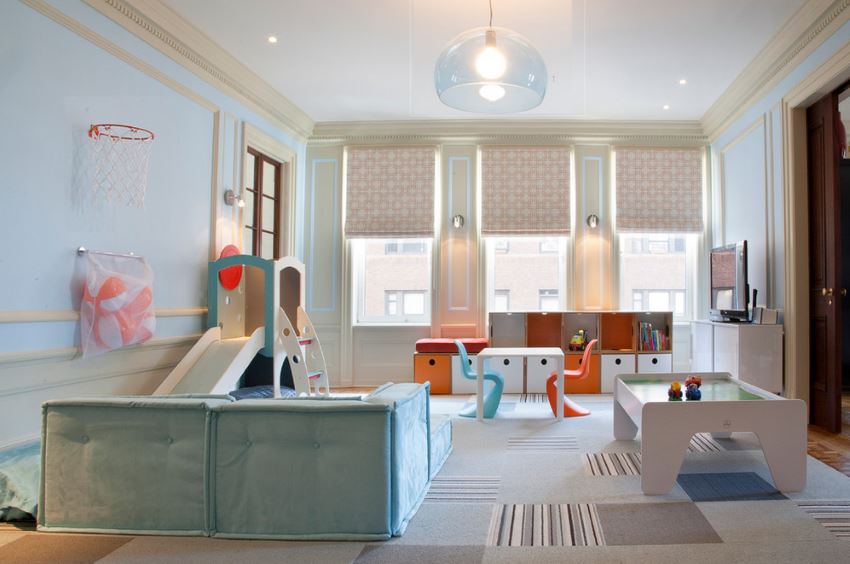
Carpet tiles are also gaining popularity, as they make it easy to replace sections of the carpet that are damaged, preventing the more common practice of ripping up the carpeting for the entire room. Therefore, carpet tiles have the potential to create less waste over time. [photo from Flor]
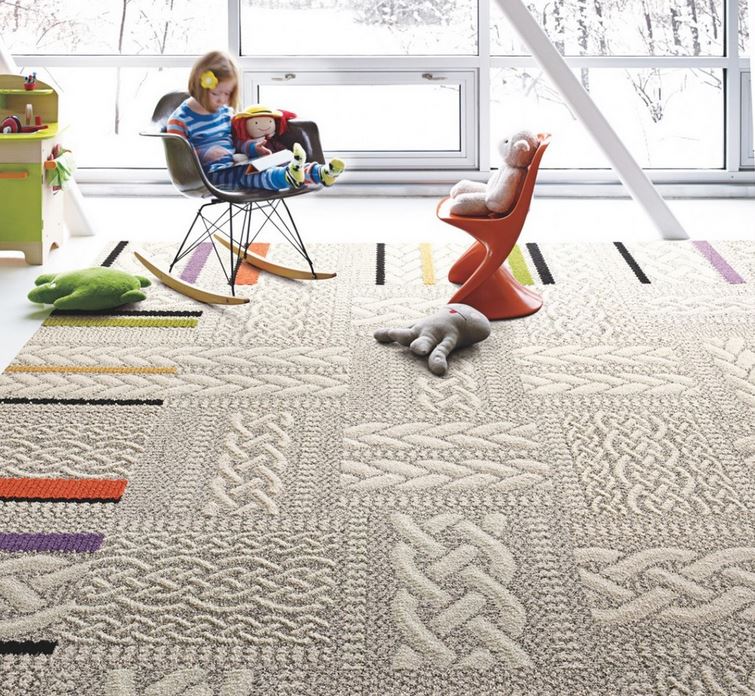
While we’re not recommending one brand of carpet over another, it’s important to do your research. If you’re considering carpet, ask your manufacturer of choice about its practices, and request a Material Safety Data Sheet (MSDS). If your budget is flexible, you may also want to consider other types of flooring that do not need to be replaced as often, such as hardwood. [from The Land of Nod]
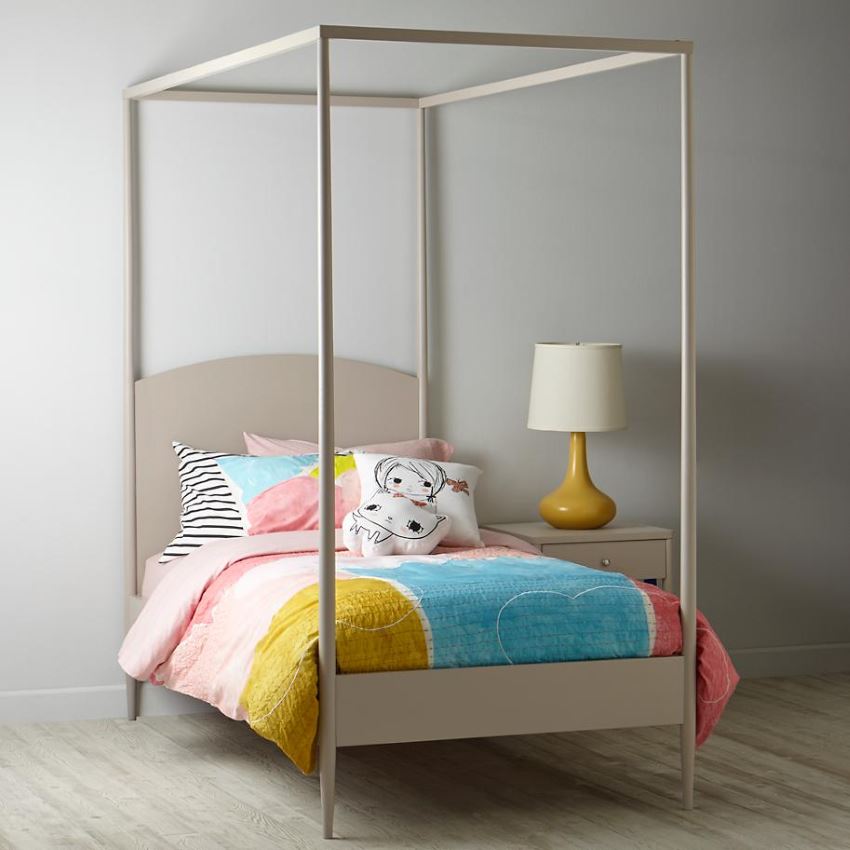
Is Carpet Child-Friendly?
Now let’s ask a basic question: Is carpet a good option for kids? As it turns out, this question isn’t as easy to answer as you might think. Carpeting has many qualities that make it a great choice for children’s rooms. Obviously it’s a soft choice, and one that is ideal for little ones who take frequent tumbles when learning to walk. Also, carpet creates traction, which cuts down on slipping/falling incidents. Plus, carpet can be a super stylish option when combined with chic area rugs, as shown below. [photo from Design Crisis]
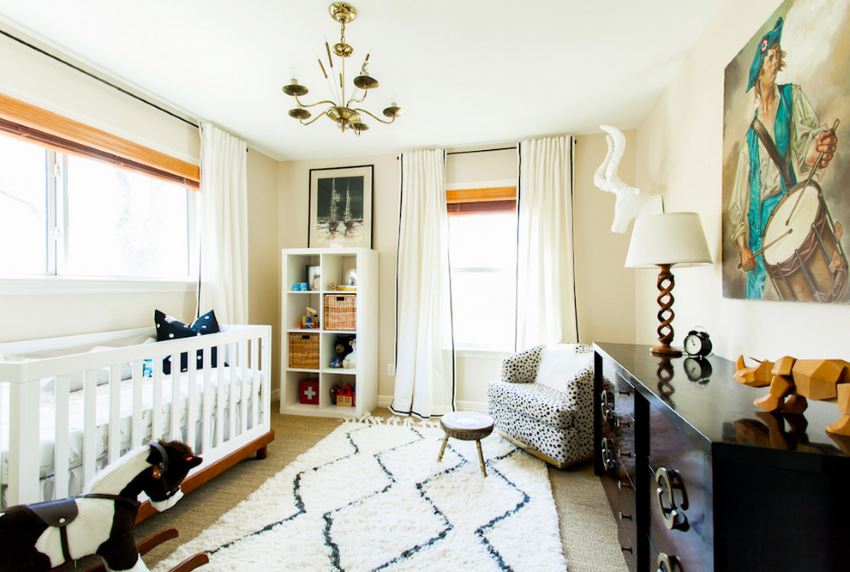
In addition, carpet is a quiet option, as it cushions the space and cuts down on noise. A bonus for parents, as we all know that children’s play time can be loud! No wonder carpeting is used in so many playrooms! [from Poss Architecture + Planning + Interior Design]
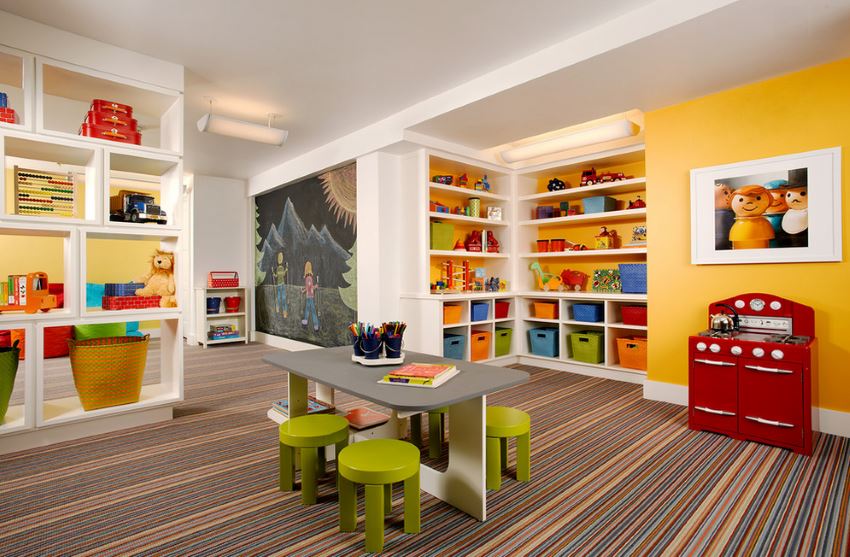
But what about the potential of carpeting to trap dust, allergens and chemicals? This is a valid concern, as kids, particularly babies and toddlers, spend a large amount of time crawling/playing on the floor. There’s no denying that dirt, dust mites, pathogens, pet dander and even pesticides easily become trapped in carpet. Regular cleaning is essential, including deep cleaning. [photo from San Antonio Steam Cleaning]
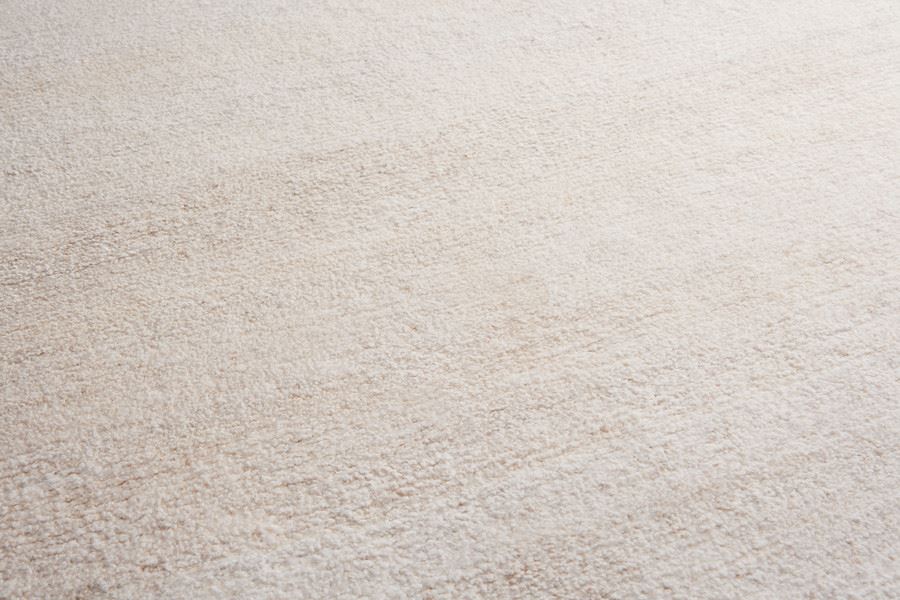
Experts such as the U.S. Green Building Council recommend options such as eco-friendly wood, linoleum and cork over carpeting, but they also bring up the point that if carpeting is already installed, it’s likely safer to thoroughly clean it on a regular basis rather than rip it up. After all, ripping up carpet can release the substances you’re trying to keep out of the air. [photo from Denoxa]
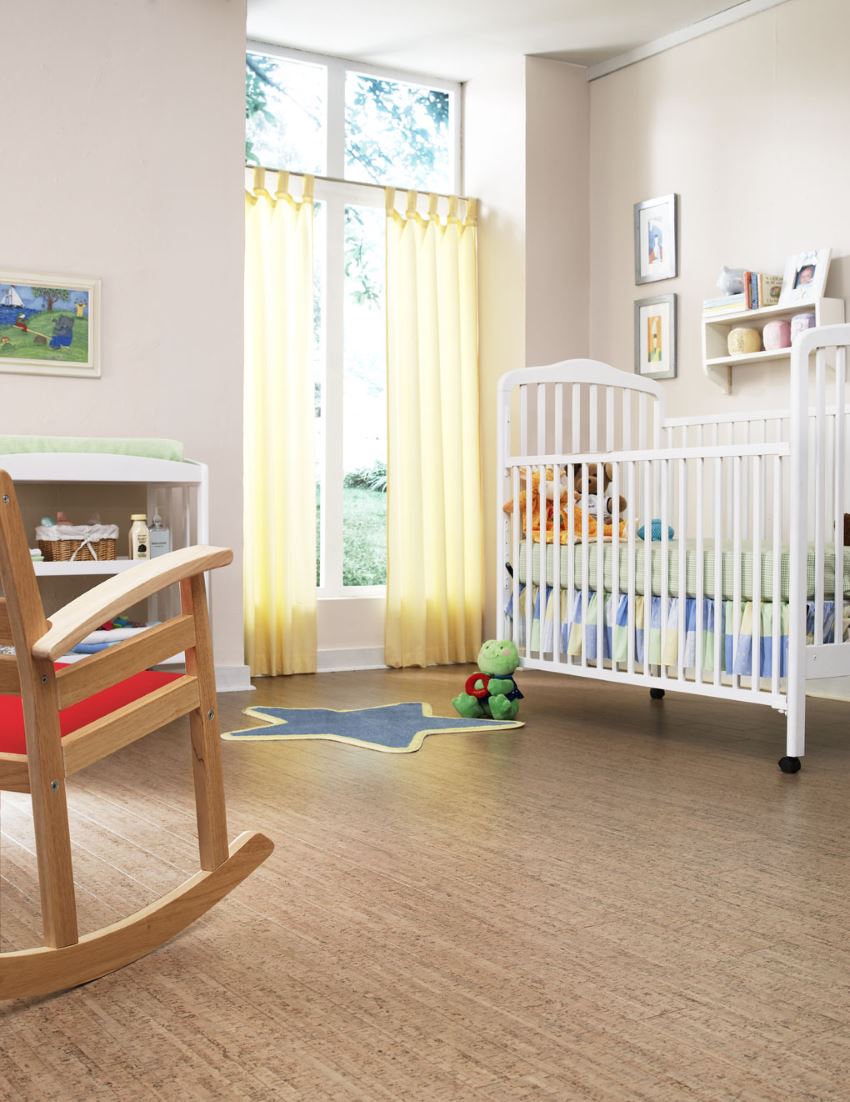
Consider This…
So much information, so much to consider, right?! How do you make sense of it all when selecting flooring for your child’s room? [photo from The Blues Barn]
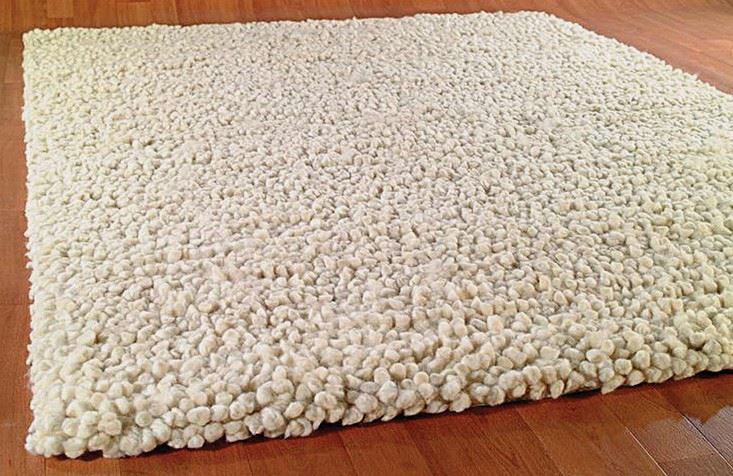
In a nutshell, know your child and do your research. Is your child an allergy sufferer? If you have the opportunity to install flooring in a new home or you absolutely need to replace old flooring, considering a non-carpet option may be ideal, especially when children are allergy-prone. Not to mention, non-carpet options are often much easier to clean, and they don’t need to be replaced nearly as often as carpeting in the long run. [from Artistic Designs for Living]
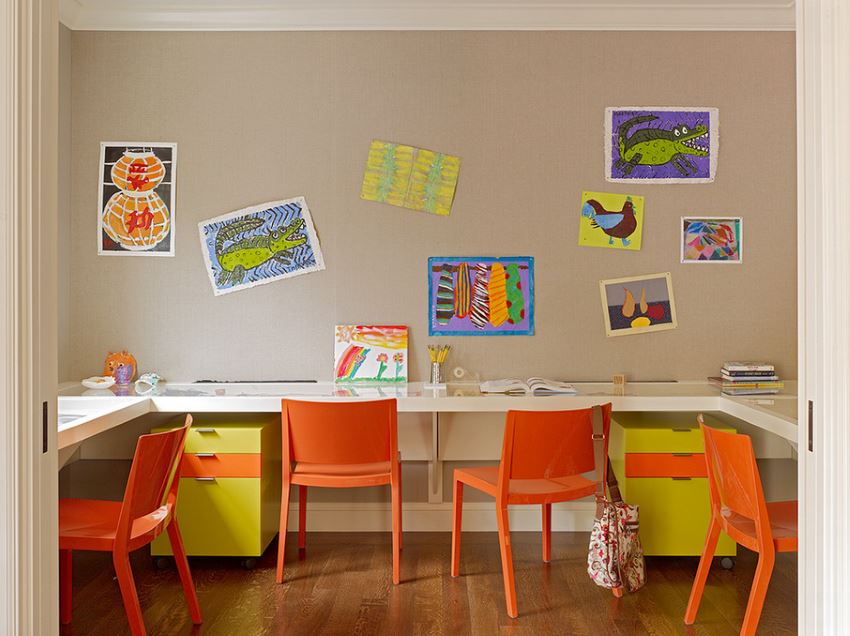
If you’re on a budget and can’t consider non-carpet solutions, check out eco-friendly options such as wool. It can also be helpful to ensure that carpet is unrolled and aired out away from children, as it seems most of the off-gassing that occurs happens within the first few days after carpet is installed. Keeping the room well-ventilated during and after installation is also key. [photo from Architectural Photography Group]

Don’t assume that all carpeting is packed with VOCs and that all hardwood options are environmentally friendly. There are eco-friendly carpeting options that are actually less hazardous than cheap hardwood selections. Hardwood can contain concerning levels of formaldehyde. This is where researching flooring manufacturers and asking for Material Safety Data Sheets comes in handy. And even if you opt for a non-carpet flooring option, pay just as much attention to the area rugs you select, as these can have the same health concerns as wall-to-wall carpeting. [photo from Content Injection]
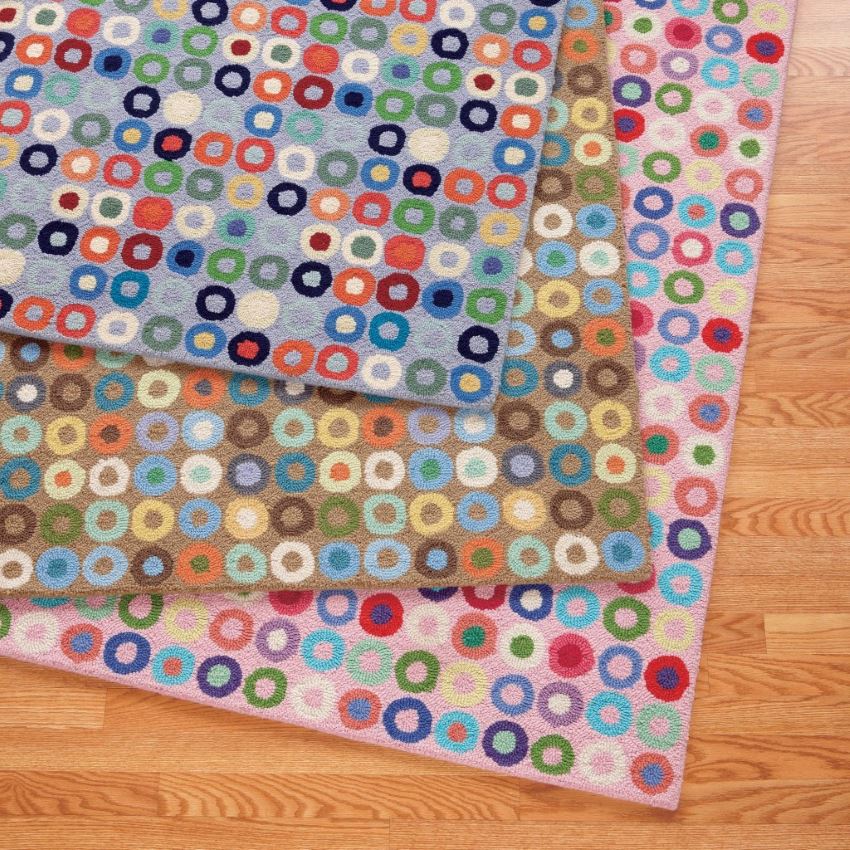
As you make your decision, talk to parents who have chosen carpet for their children’s rooms, and talk to parents who have installed other options such as cork and hardwood. Other parents are a valuable source of information. Recognize the regular vacuuming and deep cleaning required to keep a carpeted room clean and ask yourself if you have the time and patience. Most of all, be realistic about your children’s allergy levels and health needs. For example, carpeting may not be the best choice for an asthmatic child. Yet if your child isn’t an allergy sufferer, choosing a non-toxic carpet option may be just fine. We’ll say it again: do your research. [image from Pottery Barn Kids]
